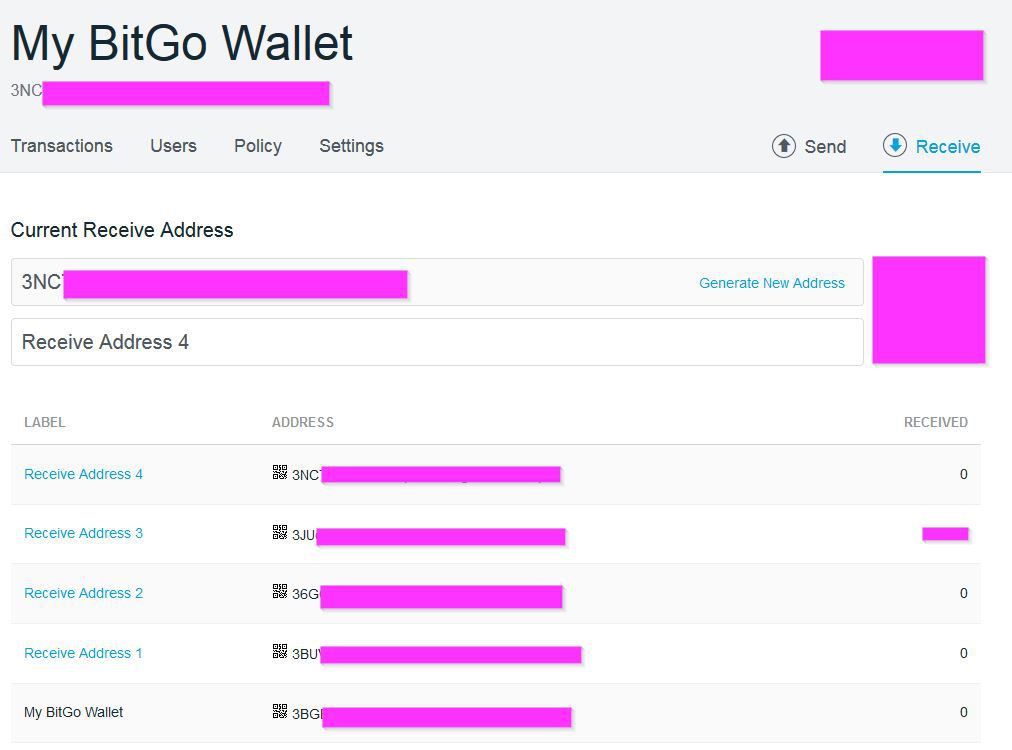
In a network with a Proof of Stake (PoS) system, every validator receives a certain number of tokens. Each block must be created. A validator must then be assigned to each block. Once the validator has sufficient tokens, it can create a block. This block must point to the oldest or previous chain. Over time, most of the blocks will converge into a single, continually growing chain.
Proof of Stake, in comparison to Proof of Work is more efficient for scaling. This type of network can be used to complete a variety of tasks. Some of the most popular Proof of Stake networks are Cardano and Solana, which offer smart contract functionality and Tezos, which allows the creation of security tokens.

Proof of Stake networks let each individual have their mining power randomly, eliminating the need to make complex calculations. This method is more energy efficient than Proof of Work, but is still moderately effective. However, this method slows down the exchange with the blockchain. The system is based upon a cryptographic algorithm and participation must be compulsory. Malicious validators, just like Proof of Stake can filter encrypted and unencrypted transactions.
The main problem with Proof of Stake is the tendency to promote centralized control. This system can allow one entity to create many validators at very low cost. This means that the same entity controls a majority of the tokens. This is bad for the entire network. You must also be willing and able to invest some effort in Proof of Stake networking.
Proof of Stake has a few benefits. It allows users to receive crypto dividends through staking bitcoin. While it may require a significant investment to stake crypto, it is affordable for most users thanks to exchanges. Understanding PoS is a great way to learn more. You'll be able to make smarter investments by understanding cryptocurrency. Ask questions about the protocol.

While a Proof of Stake is not an easy system to implement, it does present some challenges. Proof of Stake could prove too costly to mine if multiple chains have to be used. The mining difficulty could also be too high. As a result, this can lead to double-spending. If you want to maximize your chances of winning, you should first learn more about how Proof of Stake works.
Proof of Stake uses less energy than proof of the work. This is its main advantage. It is important to know how PoW works. There are many differences between these two types of PoW. While Proof of Stake can be more complicated than the other types, they're both worth the same amount. In order to maintain a network, you'll need to choose the best one for your needs. Start by reading about this technique if your lack of experience.
FAQ
How much does mining Bitcoin cost?
It takes a lot to mine Bitcoin. Mining one Bitcoin at current prices costs over $3million. If you don't mind spending this kind of money on something that isn't going to make you rich, then you can start mining Bitcoin.
How are Transactions Recorded in The Blockchain
Each block contains a timestamp as well as a link to the previous blocks and a hashcode. Transactions are added to each block as soon as they occur. The process continues until there is no more blocks. The blockchain then becomes immutable.
Can I trade Bitcoins on margins?
Yes, you can trade Bitcoin on margin. Margin trading allows for you to borrow more money from your existing holdings. Interest is added to the amount you owe when you borrow additional money.
How do I find the right investment opportunity for me?
You should always verify the risks of investing in anything. There are many scams out there, so it's important to research the companies you want to invest in. You can also look at their track record. Is it possible to trust them? Are they reliable? What is their business model?
Are there any places where I can sell my coins for cash
There are many places you can trade your coins for cash. Localbitcoins.com allows you to meet face-to-face with other users and make trades. Another option is to find someone willing to buy your coins at a lower rate than they were bought at.
How do you invest in crypto?
Crypto is growing fast, but it can also be volatile. If you do not understand the workings of crypto, you can lose your entire portfolio.
The first thing you should do is research cryptocurrencies such as Bitcoin, Ethereum Ripple, Litecoin and many others. To get started, you can find many resources online. Once you decide which cryptocurrency to invest in you can then choose whether to buy it directly or from an exchange. If you decide to buy coins directly, you will need to search for someone who is selling them at a discounted price. Buying directly from someone else gives you access to liquidity, meaning you won't have to worry about getting stuck holding onto your investment until you can sell it again.
If you choose to go through an exchange, you'll have to deposit funds into your account and wait for approval before you can buy any coins. Exchanges offer other benefits too, including 24/7 customer service and advanced order book features.
In 5 years, where will Dogecoin be?
Dogecoin has been around since 2013, but its popularity is declining. Dogecoin, we think, will be remembered in five more years as a fun novelty than a serious competitor.
Statistics
- In February 2021,SQ).the firm disclosed that Bitcoin made up around 5% of the cash on its balance sheet. (forbes.com)
- “It could be 1% to 5%, it could be 10%,” he says. (forbes.com)
- This is on top of any fees that your crypto exchange or brokerage may charge; these can run up to 5% themselves, meaning you might lose 10% of your crypto purchase to fees. (forbes.com)
- For example, you may have to pay 5% of the transaction amount when you make a cash advance. (forbes.com)
- A return on Investment of 100 million% over the last decade suggests that investing in Bitcoin is almost always a good idea. (primexbt.com)
External Links
How To
How to get started investing with Cryptocurrencies
Crypto currencies are digital assets that use cryptography (specifically, encryption) to regulate their generation and transactions, thereby providing security and anonymity. Satoshi Nakamoto invented Bitcoin in 2008, making it the first cryptocurrency. There have been many other cryptocurrencies that have been added to the market over time.
There are many types of cryptocurrency currencies, including bitcoin, ripple, litecoin and etherium. The success of a cryptocurrency depends on many factors, including its adoption rate and market capitalization, liquidity as well as transaction fees, speed, volatility, ease-of-mining, governance, and transparency.
There are many methods to invest cryptocurrency. Another way to buy cryptocurrencies is through exchanges like Coinbase or Kraken. You can also mine your own coins solo or in a group. You can also purchase tokens via ICOs.
Coinbase is the most popular online cryptocurrency platform. It allows users the ability to sell, buy, and store cryptocurrencies including Bitcoin, Ethereum, Ripple. Stellar Lumens. Dash. Monero. Users can fund their account via bank transfer, credit card or debit card.
Kraken, another popular exchange platform, allows you to trade cryptocurrencies. It offers trading against USD, EUR, GBP, CAD, JPY, AUD and BTC. Some traders prefer to trade against USD in order to avoid fluctuations due to fluctuation of foreign currency.
Bittrex, another popular exchange platform. It supports over 200 different cryptocurrencies, and offers free API access to all its users.
Binance, an exchange platform which was launched in 2017, is relatively new. It claims it is the world's fastest growing platform. It currently trades volume of over $1B per day.
Etherium is a decentralized blockchain network that runs smart contracts. It runs applications and validates blocks using a proof of work consensus mechanism.
In conclusion, cryptocurrencies do not have a central regulator. They are peer networks that use consensus mechanisms to generate transactions and verify them.